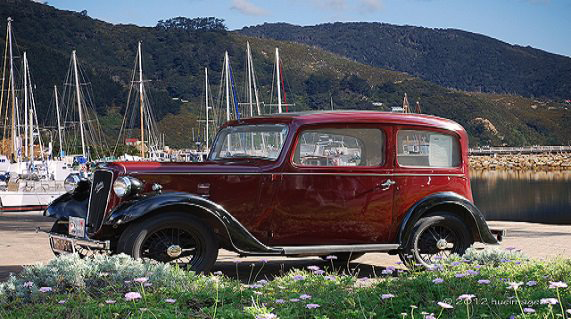Historic Auto Cincinnati
Smyth Imported Car Service Inc.| Historic Auto Cincinnati


Curators of Automotive History
Since 1934, Smyth Imported Car Service has been an icon of craftsmanship—rooted in precision, discretion, and profound respect for the past. Now under third-generation custodian Sam Smyth II, we bring our legacy of elite automotive care to historic vehicles in Cincinnati, OH. For us, "historic" is not a label—it’s a commitment to honor stories written in steel and brass.
Historic Auto Repair, Cincinnati, OH
Our approach to historic auto repair blends vintage expertise with modern diagnostic methods. Whether it’s rebalancing the carburetors of a pre‑war engine or realigning the suspension of an early touring car, every repair is executed with authenticity. We source period‑accurate or OEM parts, and tune to factory‑level precision. Each historic auto repair is a restoration of integrity—honoring both engineering and elegance.
Historic Auto Restoration, Cincinnati, OH
Restoration of a historic automobile is the reawakening of heritage. Our historic auto restoration includes full mechanical rebuilds, coachwork refurbishment, concours‑level paint and trim, and interior reconditioning that respects era‑correct techniques. From carefully matching original finishes to handcrafting upholstery with classic materials, our process preserves character—and ensures your car remains a time capsule that drives.
Historic Auto Service, Cincinnati, OH
Preserving a historic motorcar demands thoughtful, ongoing care. Our historic auto service includes climate‑controlled inspections, fluid and lubrication exchanges, braking system assessments, chassis tuning, and preventative attention to mechanical patina. Each visit concludes with a detailed multi‑point inspection—guaranteeing your vehicle is protected, functional, and poised for admiration.
Why Historic Car Enthusiasts Trust Smyth Imports
Precision with Context — Work performed using legacy‑appropriate tools and components, with modern accuracy.
Generational Stewardship — Nearly 90 years of dedication to heritage motorcars.
Custom Care Plans — Every project tailored to a vehicle’s provenance, condition, and future purpose.
Rarefied Attention — Appointment‑only service for personalized, focused restoration.
Entrusting your historic automobile to Smyth Imports is entrusting a chapter of history to guardians who speak the language of craftsmanship, provenance, and elegant preservation.
